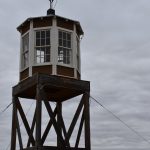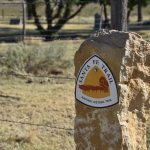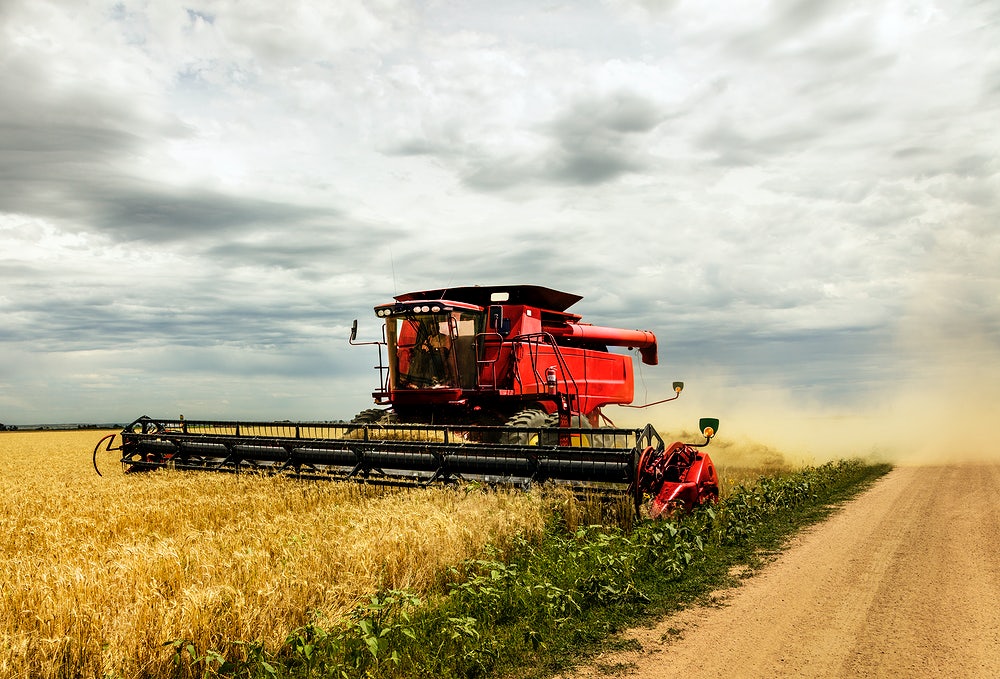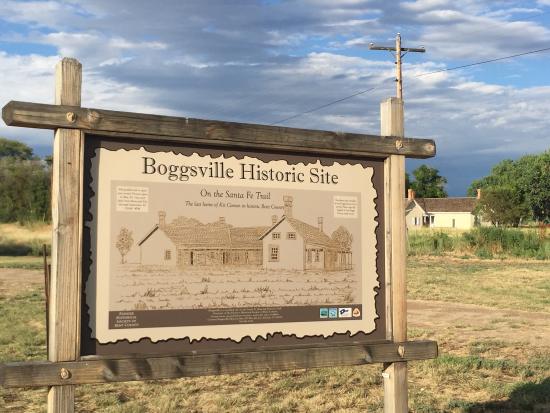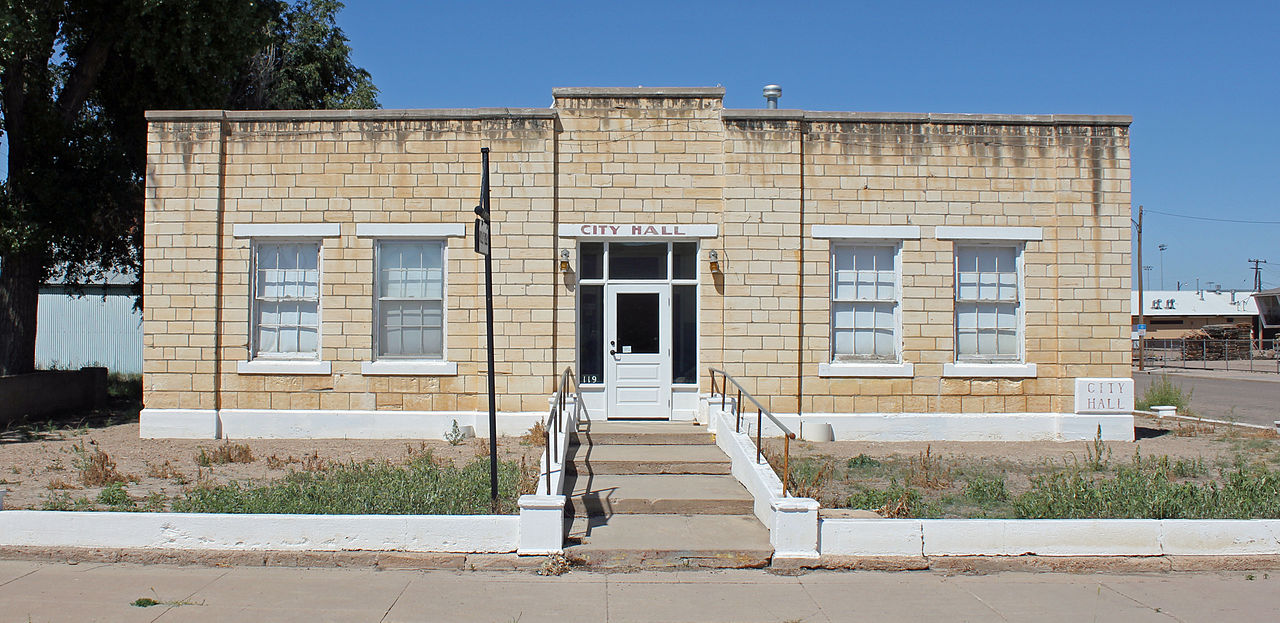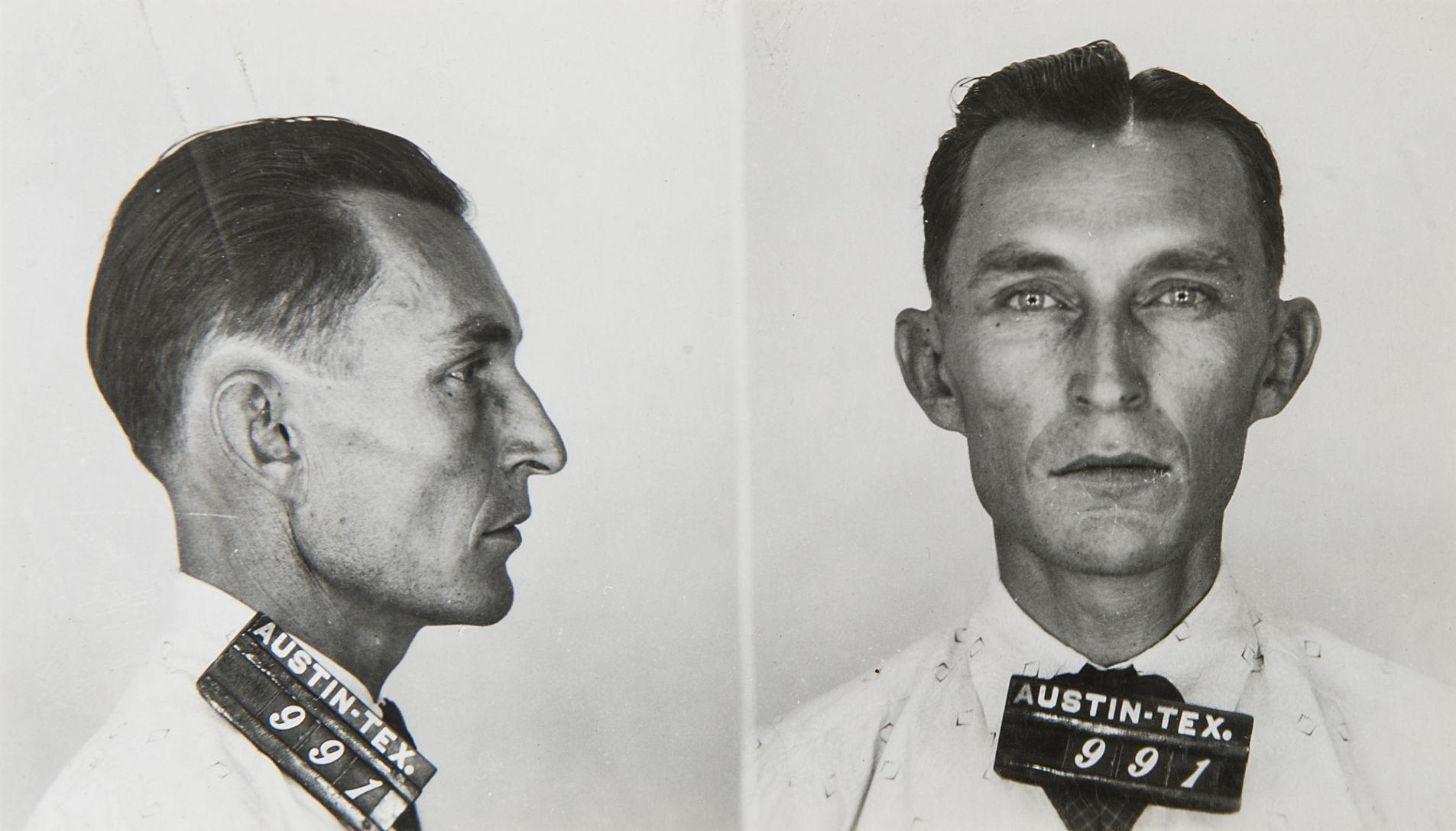
The Fleagle Gang and The Fingerprint that Proved Their Guilt
The Fleagle case was the first time FBI fingerprint examiners were able to connect a single print left on a piece of evidence with an actual person, thus proving that person’s involvement in a crime.
Learn more about the Fleagle case at The Big Timbers Museum, which showcases an exhibit about the case.
The Crime
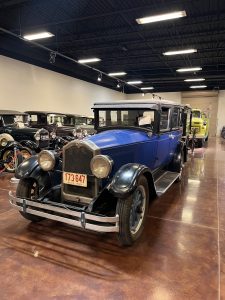
The Fleagle Gang owned a fleet of identical 1927 Buicks so they could confuse law officers. While this car was part of that fleet, it was not the car used in the famous robbery in Lamar Bank robbery.
It all began in May 1928 when four men—Jake Fleagle, Ralph Fleagle, Howard Royston, and George Abshier—filed into the lobby of Lamar’s First National Bank and held up a bank teller.
Bank President Amos Newton Parrish fired a shot at the gang, hitting one of the men in the jaw, but was then shot in the head. Parrish’s son, John Festus, was heading for a gun when he was shot in the back, the bullet lodging in his heart.
The remaining bank employees then handed over $238,000 in cash, municipal bonds, and gold redeemable Liberty Bonds to the Fleagle gang before they sped off with two bank employees as hostages.
Prowers County Sherrif Lloyd E. Alderman chased the Fleagle gang and found their abandoned Buick and unharmed hostage on the side of the road. Alderman continued the chase and discovered the bandits at Big Sandy Creek where they engaged in a shootout. Alderman’s pistol was no match against the bandits’ long-range rifles, so he retreated while the Fleagle gang took off into the prairie.
About 33 hours after the robbery, Alderman got a call from the Garden City, Kansas police. A local physician was missing, and last seen driving off with strangers in need of medical assistance. The next morning, the doctor’s car, with his body inside, was discovered at the bottom of a ravine.
More than two weeks after the robbery, a Kansas family discovered the body of the fourth victim, the other bank teller who’d been taken hostage.
The Fingerprint
A fingerprint was discovered on the side of the physician’s car. Local investigators sent copies of it to agencies around the country.
Al Ground, a specialist at the Bureau of Investigation in Washington DC, took special interest in the fingerprint, memorizing its loops and whorls. In 1929, he processed a new fingerprint card from a man who called himself Willian Harrison Holden and who had been arrested and released in California.
Ground not only discovered that Holden’s 10 fingerprints matched a man called Jake Fleagle, but that one was a perfect match from the Colorado and Kansas murders.
With this damning evidence, all but Jake Fleagle were captured and convicted for murder and armed robbery in 1929. The three men were hanged at the state penitentiary in Canon City in 1930.
Jake Fleagle was finally found in October, 1930 after the U.S. Postal Service used handwriting analysis to trace him to Branson, Missouri. During the attempt to arrest him, Jake Fleagle pulled his pistol and was fatally shot in the stomach by the officers.
At today’s price, the Fleagle Gang succeeded in stealing over $4,000,000 dollars. While their crimes started in California, at the time of the Lamar robbery, they were located in Kansas.



